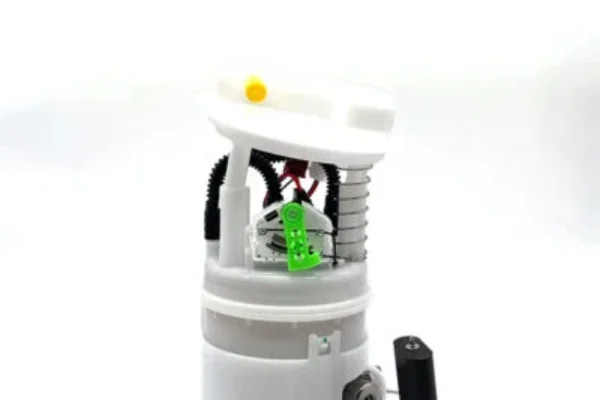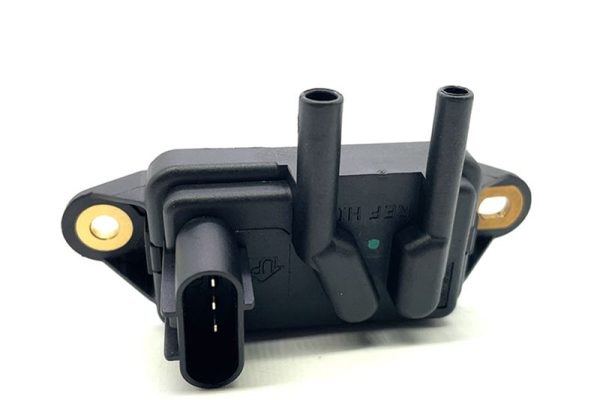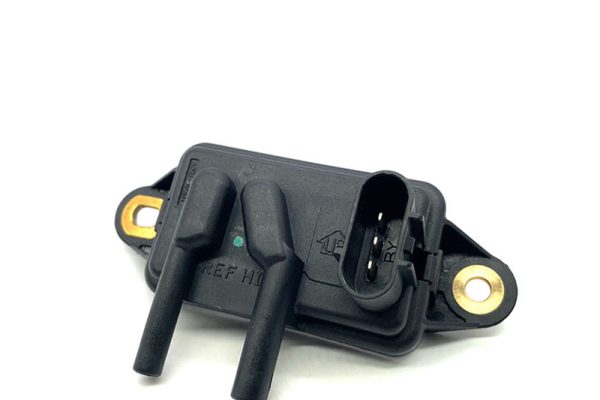Introduction: The Role of a Coolant Temperature Sensor in Modern Engines
In every modern combustion engine, the coolant temperature sensor plays a critical role in monitoring the temperature of the engine coolant and communicating accurate data to the control system. This information helps regulate fuel injection, ignition timing, and cooling fan operation. For commercial vehicles, industrial fleets, and machinery, maintaining proper coolant monitoring is not only about performance but also about protecting the entire powertrain system from unnecessary strain.
For B2B buyers, particularly those managing fleets or sourcing parts for large-scale industrial operations, understanding the consequences of a failing sensor is vital. When a coolant temperature sensor goes bad, it can trigger a chain reaction of operational inefficiencies, leading to higher costs, downtime, and risks that directly affect business continuity.
Common Symptoms of a Faulty Coolant Temperature Sensor
A bad coolant temperature sensor rarely fails silently. Instead, it shows itself through a series of symptoms that both technicians and fleet managers should be able to recognize.
Engine Overheating or Running Too Cold
One of the first signs is improper temperature regulation. If the sensor sends incorrect readings, the cooling system may not engage at the right time. For example, a faulty car coolant temperature sensor can lead to similar overheating risks that compromise everyday usability. Engines may run hotter than intended or operate at a temperature too low for optimal performance. In a commercial context, this leads to increased wear and more frequent maintenance interventions.
Poor Fuel Efficiency and Rough Idle
A faulty engine cooling system sensor can disrupt the air-fuel mixture. Too much fuel consumption, irregular combustion, or difficulty in maintaining steady idle speed are common consequences. For logistics companies or businesses with a large vehicle fleet, the cumulative effect of inefficient fuel usage can be financially significant.
Unexpected Warning Lights and Diagnostics Trouble Codes
Another symptom is the sudden activation of the check engine light or related fault codes. This not only causes disruption for drivers but also puts additional pressure on repair facilities. In a B2B environment, downtime caused by frequent sensor-related alerts translates into reduced productivity and potentially delayed deliveries.

Operational Risks and Business Impact of a Bad Sensor
When a coolant temperature sensor goes bad, it creates risks that go beyond technical malfunctions. For B2B buyers and fleet managers, these risks directly impact revenue streams and customer satisfaction.
Increased Maintenance Costs
A malfunctioning temperature sensor can cause overheating or inefficient cooling cycles, which in turn may damage gaskets, radiators, or even the engine block. These secondary damages result in higher repair bills and more downtime. For businesses dependent on reliable vehicle operation, this represents a critical cost factor.
Risk of Downtime and Missed Deadlines
Commercial fleets operate on tight schedules, and downtime caused by engine failures can delay entire supply chains. Even a single vehicle taken out of service due to a sensor issue can affect delivery commitments, which risks damaging business relationships. Business downtime risk is one of the most significant indirect costs associated with ignoring a failing coolant temperature sensor.
Long-Term Reliability Concerns
Over time, repeated malfunctions can erode trust in equipment reliability. This not only affects operational planning but also increases pressure on procurement teams to source dependable replacements. In industries such as logistics, heavy machinery, and automotive services, maintaining credibility with clients depends heavily on the health of core components like sensors.
How to Diagnose and Address Coolant Temperature Sensor Problems
A failing coolant temperature sensor can often be identified before it leads to severe engine problems. In B2B environments, proactive diagnostics and timely procurement of replacement parts are essential strategies for minimizing risks.
Basic Diagnostic Practices
Technicians usually begin with a visual inspection of the sensor and its wiring harness. Corrosion, loose connections, or visible damage can point to underlying issues. More advanced engine diagnostic practices involve reading fault codes and comparing temperature readings with actual operating conditions.
Importance of Early Intervention
If early warning signs are ignored, businesses may face compounded damage that is far costlier to repair. This is why proactive replacement of a replacement coolant temperature sensor should be considered part of preventive maintenance. For fleets, scheduling checks during routine service intervals reduces the likelihood of unexpected breakdowns.
Procurement Considerations for B2B Buyers
For procurement managers, sourcing high-quality sensors in bulk is a strategic decision. Reliable suppliers of B2B automotive parts supply can provide consistency, technical support, and warranties that reduce operational risks. For example, many distributors also provide Wholesale Auto Engine Coolant Temperature Sensor for Chevrolet options, making it easier for procurement teams to manage bulk purchasing efficiently. Instead of reactive purchases, long-term supply agreements offer better value and ensure timely availability of parts.

Conclusion: Why Businesses Should Act Proactively
The failure of a coolant temperature sensor is not just a technical inconvenience—it is a business risk. From higher maintenance costs to supply chain disruptions, the impact can cascade across operations. For organizations managing large fleets, construction machinery, or industrial vehicles, the ability to respond quickly to sensor issues determines how efficiently they can control downtime and protect profitability.
Proactive action includes regular inspections, timely replacements, and partnerships with dependable suppliers. By investing in coolant temperature sensor for commercial vehicles as part of a comprehensive maintenance strategy, businesses safeguard their long-term reliability. Partnering with a trusted auto parts manufacturer also ensures consistent quality, technical support, and supply reliability for B2B buyers. Choosing trusted B2B automotive sensor solutions ensures not only smoother operations but also a stronger competitive advantage in demanding industries.












